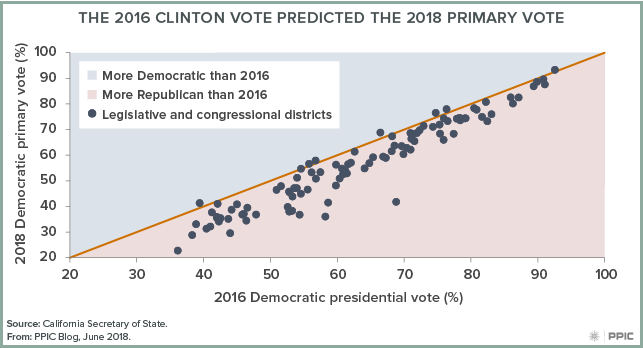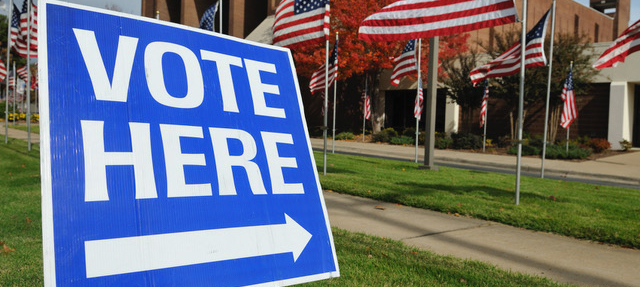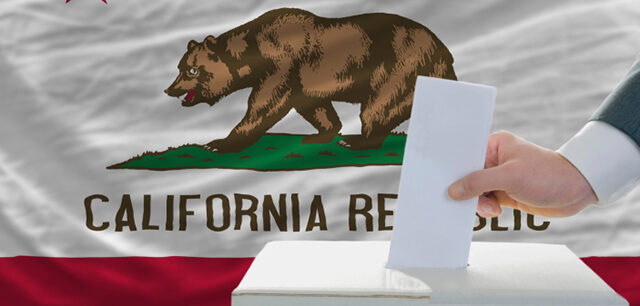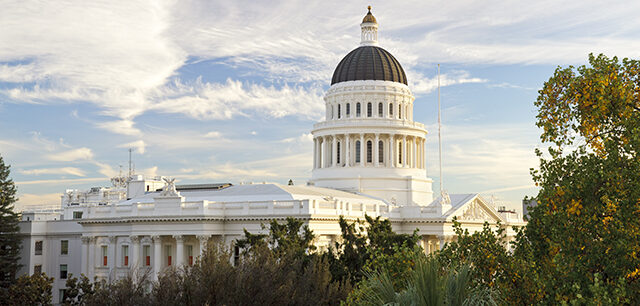One of the important questions hanging over California politics this election cycle is the impact of Donald Trump. In the 2016 presidential race, support for Trump was soft, with some parts of the state voting Democratic for the first time in more than a generation.
This shift encouraged Democrats to target congressional seats that had previously been considered out of reach for the party. The seven Republican-held US House seats considered most competitive all voted for Clinton over Trump. Yet many of these places haven’t voted Democratic for higher office in decades. Is this Democratic optimism warranted, or was 2016 a fluke?
Tuesday’s primary can help answer this question. California’s top-two system—in place since 2012—offers a view into the partisan sentiment in these districts in a year when Donald Trump is not on the ballot. It’s more like a first-stage general election because it lets voters choose any candidate they like regardless of party.
The figure below compares the share of the two-party primary vote for Democratic candidates to the 2016 two-party presidential vote in the same district (primaries without at least one candidate from each major party have been omitted). Each point is a state legislative or US House seat. The more the points cluster in the shape of a line, the stronger the correlation between the two votes. But any point above the line has a 2018 primary vote that is more Democratic than its 2016 presidential vote, while any point below is more Republican.

This figure tells us two things. First, the 2016 presidential vote predicts the 2018 results quite well. As the Democratic presidential vote increases, the Democratic primary vote in 2018 climbs as well. Moreover, the slippage in this relationship (and there is some) is about as large as in previous top-two years.
Second, the Democrats underperformed Clinton’s 2016 vote in almost every district. This too is consistent with the past. Democrats have underperformed the presidential vote in every primary under the top-two system. In fact, the underperformance was actually a little smaller this year than the average. This suggests it’s normal for Democrats to look bad in the primary season, and that it’s no reason for Democrats to be worried or Republicans to be excited.
However, this tells us less about the fall outcome than it might appear. The party vote in the general election usually shifts Democratic, but the magnitude of this shift varies a great deal. It was quite large in 2012: a seat with a 50 percent Democratic outcome in the primary on average voted 56 percent Democratic in the general. But in 2014 there was almost no change at all, and in 2016 the fall outcome was slightly more Republican.
Thus, for Democrats these results are a mixed bag. On the one hand, there are signs that the Trump effect in California has staying power. On the other hand, the consequences for this fall’s election are not altogether clear. The Democrats probably won’t do much worse on average than they did on Tuesday. But beyond that it’s difficult to say, and the consequences for individual seats will have to wait until Election Day.




